The vibrant pink plumage of flamingos has long captivated human imagination, appearing almost surreal against natural backdrops. These elegant birds don't hatch with their signature hue - their coloration is an extraordinary dietary alchemy that unfolds over years. The transformation from grayish-white chicks to radiant pink adults reveals one of nature's most fascinating nutritional stories.
At the heart of this chromatic mystery lies the flamingo's specialized diet. Unlike most birds that acquire their colors from genetic inheritance, flamingos essentially "paint" themselves through their food choices. Their feeding habits create a living demonstration of the phrase "you are what you eat." The birds consume massive quantities of carotenoid-rich organisms, including algae, crustaceans, and mollusks, which contain pigments that gradually saturate their feathers.
Carotenoids, the same organic pigments that give carrots their orange color and tomatoes their red, undergo remarkable metabolic processes in flamingos. As the birds digest their food, enzymes break down the carotenoids into specific pigment molecules that are then transported through the bloodstream to developing feathers. The intensity of coloration directly correlates with the quantity and quality of carotenoids consumed - making their plumage a visible indicator of dietary health.
The pink gradient across flamingo species worldwide tells an evolutionary story of dietary adaptation. Caribbean flamingos often display the deepest crimson hues because their preferred diet includes a shrimp species packed with canthaxanthin, a particularly potent carotenoid. Meanwhile, the paler pink of lesser flamingos reflects their primary consumption of blue-green algae, which contains different pigment compounds. This natural variation demonstrates how localized food sources shape avian aesthetics across continents.
Juvenile flamingos present an interesting case study in this chromatic development. For their first two to three years, young birds show only faint pink tinges in their otherwise grayish-brown plumage. This gradual coloration serves an important biological purpose - it prevents younger birds from prematurely triggering territorial behaviors in mature adults. The full brilliant display only emerges as the birds reach sexual maturity, coinciding with their physical readiness to breed.
Researchers have discovered that flamingo coloration plays multiple roles beyond mere aesthetics. The pink hue functions as a health certificate in mate selection, with more vibrantly colored birds demonstrating superior foraging skills and robust immune systems. Interestingly, studies show that flamingos with brighter plumage tend to breed earlier in the season and produce more offspring, confirming the evolutionary advantage of their distinctive coloring.
Captive flamingos present unique challenges for zookeepers attempting to maintain proper plumage coloration. Without access to their natural wild diet, the birds often fade to pale pink or white. Modern zoos address this by supplementing their diets with synthetic canthaxanthin or specially formulated feeds containing dried shrimp and other carotenoid sources. This careful dietary management helps preserve both the birds' visual splendor and overall health in artificial environments.
The flamingo's color maintenance requires constant replenishment. Unlike some birds that molt into permanently colored feathers, flamingos continuously deposit pigments into growing feathers. This explains why stressed or malnourished birds quickly lose their vibrant tones - their systems prioritize vital functions over cosmetic pigmentation. The speed at which a flamingo's color fades can actually serve as an early warning system for health issues.
Climate change and habitat destruction now threaten the delicate dietary balance that sustains flamingo coloration. As wetlands disappear and water chemistry changes, the availability of carotenoid-rich food sources diminishes. Conservationists note that some flamingo populations already show paler plumage compared to historical records, signaling potential ecological disruptions in their feeding grounds. This color shift may represent more than just an aesthetic loss - it could indicate broader environmental health concerns.
Beyond biological implications, the flamingo's dietary color mechanism has inspired scientific and commercial applications. Researchers study their pigment metabolism for insights into human nutrition and vitamin A processing. The cosmetics industry has adapted similar carotenoid compounds for use in products ranging from lipsticks to skin treatments. Even food manufacturers employ related pigments as natural colorants in goods like salmon feed and egg yolks.
The next time you encounter a flamingo - whether in nature documentaries, zoos, or tropical postcards - remember that you're witnessing one of nature's most vivid demonstrations of biochemical transformation. Their pink feathers represent far more than simple beauty; they tell a complex story of ecological relationships, nutritional science, and evolutionary adaptation. These striking birds serve as walking reminders of nature's intricate connections, where microscopic algae and tiny crustaceans ultimately paint the avian landscape in breathtaking hues.
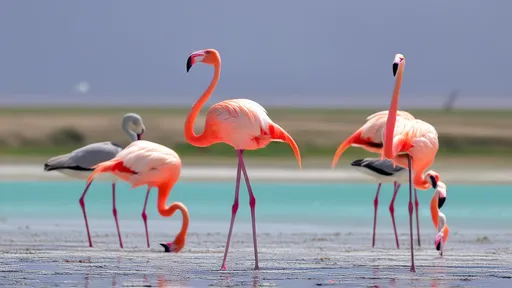
By /Jun 10, 2025
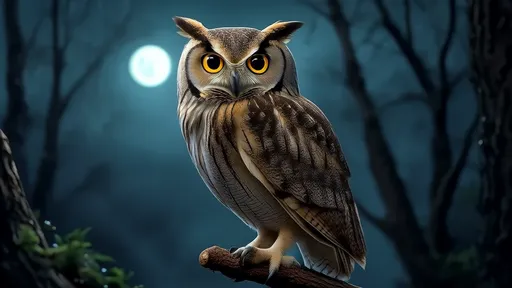
By /Jun 10, 2025
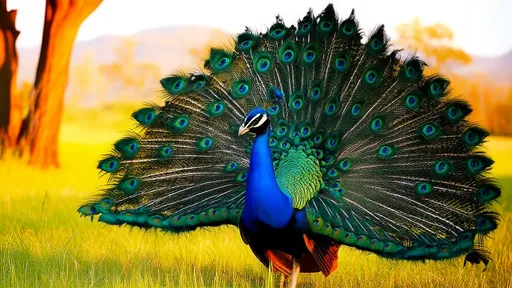
By /Jun 10, 2025
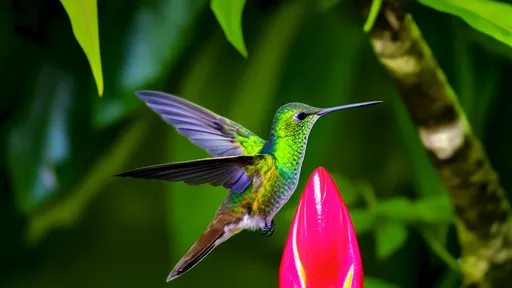
By /Jun 10, 2025
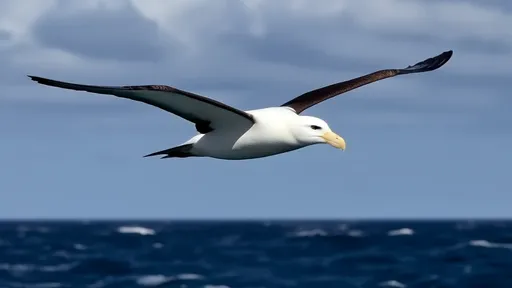
By /Jun 10, 2025
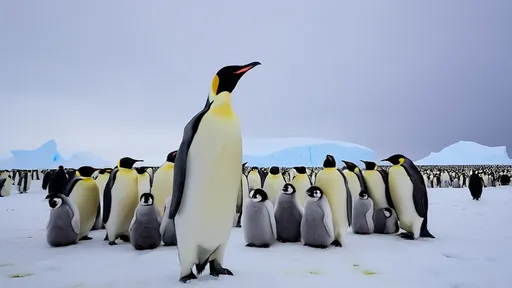
By /Jun 10, 2025
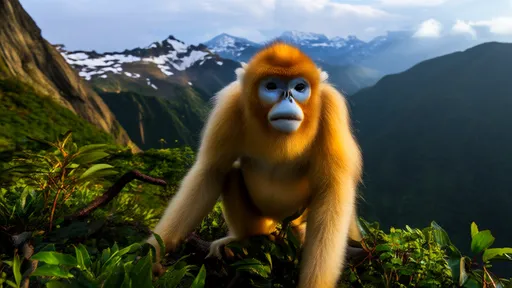
By /Jun 10, 2025
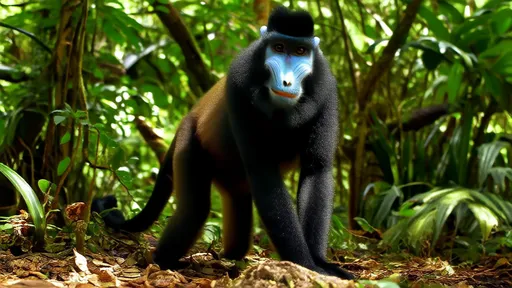
By /Jun 10, 2025
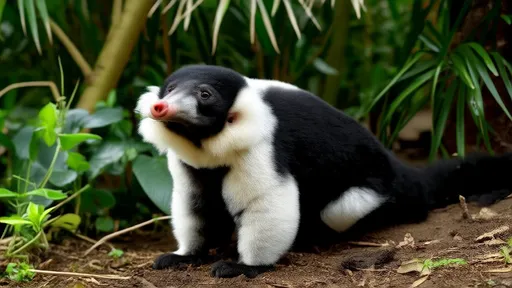
By /Jun 10, 2025
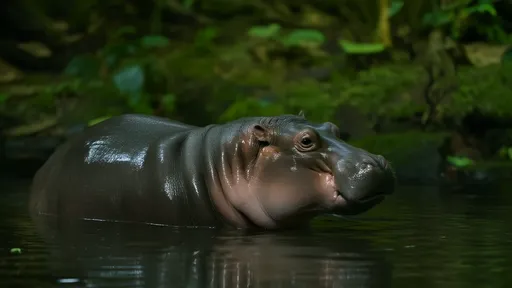
By /Jun 10, 2025